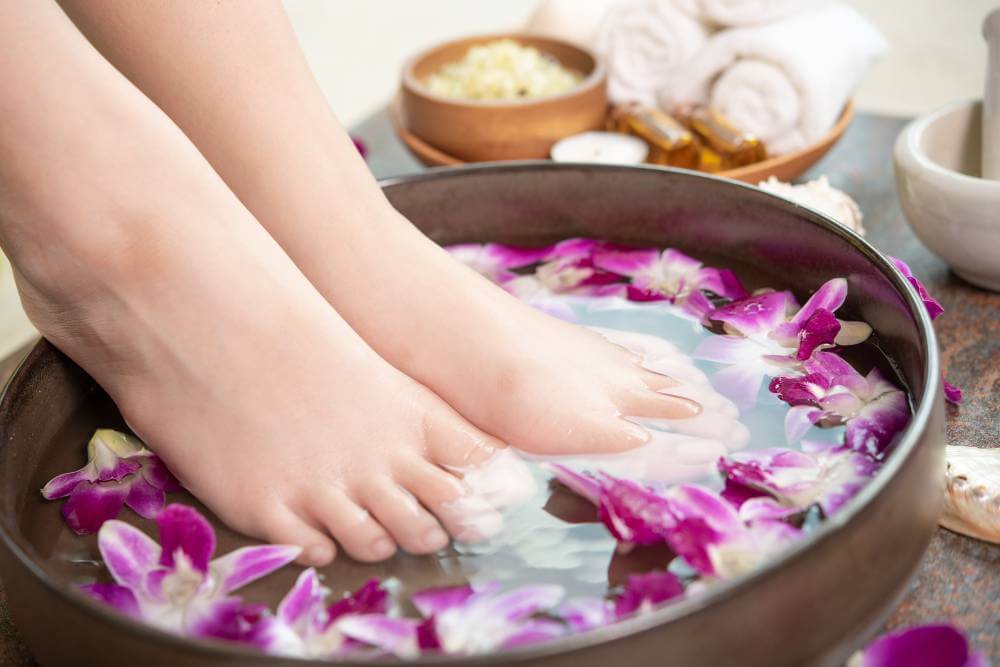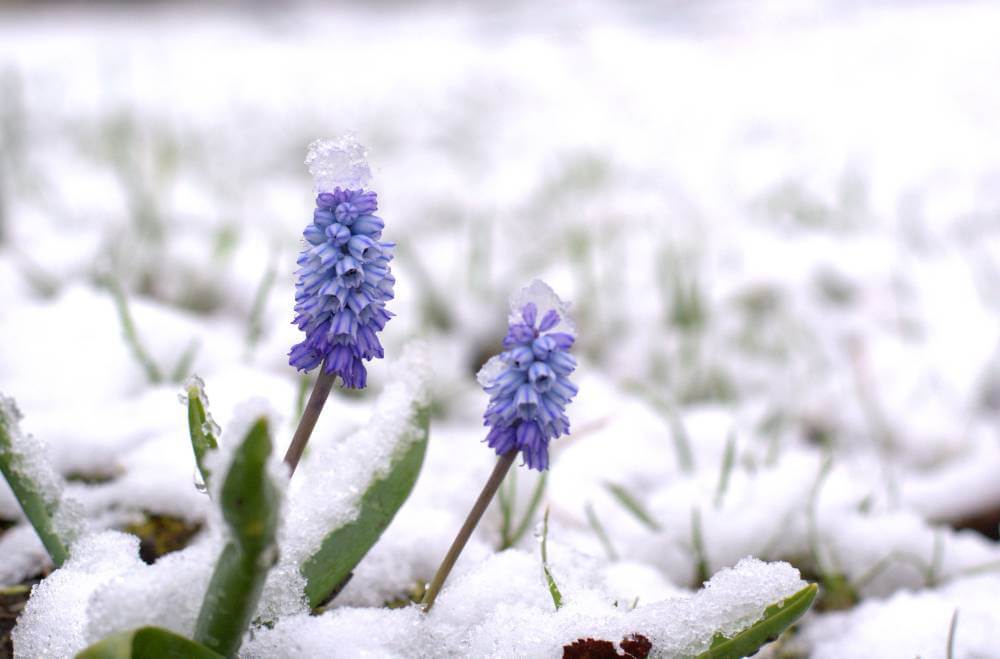Hello, fellow green thumbs! Have you ever wondered about the mysterious lifecycles of your beloved herb garden companions? Well, you’re in for a treat because today, we’re diving deep into the herbological world to unravel the age-old question: Are herbs perennial or annual? Join me on this botanical adventure as we uncover the secrets behind herb lifecycles and learn how to keep our gardens thriving year-round.
Perennial Herbs: Longevity and Reliability
Let’s kick things off with perennial herbs, the steadfast stalwarts of the herb garden. These beauties are the gift that keeps on giving, coming back year after year to grace us with their aromatic presence. Think of them as the reliable friends who always have your back, no matter the season.
One of the perks of perennial herbs is their longevity. Once you plant them, they’ll stick around for the long haul, providing you with fresh flavors and medicinal benefits for years to come. From the classic allure of rosemary to the zesty zest of thyme, perennial herbs add a sense of permanence and stability to any garden.
When it comes to care, perennial herbs are relatively low-maintenance. With a bit of pruning and occasional TLC, they’ll thrive in your garden beds or containers, rewarding you with an abundance of foliage and flavor. Plus, many perennial herbs, like mint and oregano, have a knack for spreading, so you’ll have plenty to share with friends and family.
Annual Herbs: Seasonal Excitement
On the flip side, we have annual herbs, the spirited sprinters of the herb world. These lively characters burst onto the scene, dazzle us with their vibrant colors and bold flavors, and then bid us adieu as the seasons change. While they may not stick around as long as their perennial counterparts, annual herbs bring a sense of excitement and novelty to the garden.
Annual herbs are like the wild cards of herb gardening, offering a diverse array of flavors and textures to experiment with each year. From the delicate fronds of cilantro to the fiery kick of basil, these fleeting beauties add a sense of spontaneity and adventure to our culinary endeavors.
Despite their short lifespan, annual herbs pack a punch when it comes to flavor and fragrance. They may only be with us for a season, but oh, what a season it is! Plus, since they don’t stick around for long, you can easily rotate them in and out of your garden beds, keeping things fresh and exciting year after year.
A balanced herb garden: perennial AND annual herbs
When planning your herb garden, it’s crucial to consider both perennial and annual herbs’ lifecycles to create a balanced and productive space. Designate separate areas for perennial and annual herbs, taking into account their unique needs and growth habits. Perennial herbs offer long-term stability, while annual herbs provide variety and excitement. By planting both types strategically, you can create a garden that evolves throughout the seasons, offering something new to enjoy at every turn.
Saving Seeds of Annual Herbs: Preserving the Cycle of Life
Annual herbs may only last a single season, but you can preserve their legacy by saving seeds. This not only saves money but also helps you connect with the natural cycle of growth. To save seeds, let the plants flower and set seed towards the end of the season, then collect and store them in a cool, dry place. Come spring, you can sow them again, ensuring the vibrant colors and flavors of your favorite annual herbs continue to grace your garden for years to come.
Winter Herbs: A Frosty Challenge
During the winter months, both perennial and annual herbs face unique challenges in their quest for survival. Perennial herbs, with their established root systems and hardy constitutions, often fare better in cold weather, enduring frost and snow with resilience. While some may go dormant or lose their foliage, many perennial herbs, such as rosemary and sage, continue to thrive, providing a welcome splash of greenery in an otherwise barren landscape.
On the other hand, annual herbs, with their shorter lifespans and tender stems, may struggle to withstand the harsh conditions of winter. However, with proper care and protection, such as mulching and covering with frost cloth, some annual herbs can brave the cold and persist through the season. Whether perennial or annual, winter survival for herbs often depends on the gardener’s diligence in providing adequate shelter and support, ensuring that these precious plants emerge from the frost unscathed and ready to flourish come spring.
Planning Your Herb Garden: Must-Have Lists
Below, I’ve compiled lists of both perennial and annual herbs, showcasing their unique characteristics. Understanding whether an herb is perennial or annual can help in garden planning and maintenance.
Here are some popular perennial herbs:
- Rosemary (Rosmarinus officinalis) – A fragrant herb with needle-like leaves, widely used in cooking, especially in Mediterranean cuisine.
- Thyme (Thymus vulgaris) – Known for its small, highly aromatic leaves, used in a variety of culinary dishes.
- Mint (Mentha spp.) – A vigorously growing herb with many culinary and medicinal uses. It comes in several varieties, such as peppermint and spearmint.
- Sage (Salvia officinalis) – With its soft, grey-green leaves, sage is a staple in many kitchens, especially in dishes featuring poultry, pork, and sausages.
- Oregano (Origanum vulgare) – A staple in Italian and Greek cuisine, known for its strong, pungent flavor.
- Lavender (Lavandula spp.) – Not only prized for its fragrance and flowers but culinary-grade lavender can also be used to flavor dishes.
- Chives (Allium schoenoprasum) – With their mild onion flavor, chives are great in salads, egg dishes, and garnishes.
- Tarragon (Artemisia dracunculus) – A key herb in French cuisine, tarragon has a distinctive, slightly licorice flavor.
- Lemon Balm (Melissa officinalis) – Known for its lemon-scented leaves, it’s used in teas, salads, and as a garnish.
- Fennel (Foeniculum vulgare) – While technically a perennial vegetable, its fronds are used as an herb, adding a sweet, anise flavor to dishes.
Here are some common annual herbs:
- Basil (Ocimum basilicum) – A must-have in any herb garden, basil is central to many Italian dishes and is the main ingredient in pesto.
- Cilantro (Coriandrum sativum) – Known for its leaves (cilantro) and seeds (coriander), this herb is widely used in Mexican, Asian, and Indian cuisines.
- Dill (Anethum graveolens) – With its feathery fronds and distinctive flavor, dill is commonly used in pickling as well as in Scandinavian and Eastern European cuisines.
- Parsley (Petroselinum crispum) – Comes in curly and flat-leaf varieties, and is used widely as a garnish and flavoring.
- Chervil (Anthriscus cerefolium) – Similar in appearance to flat-leaf parsley but with a more delicate flavor, often used in French cuisine.
- Marjoram (Origanum majorana) – While often grown as an annual, it’s technically a tender perennial; marjoram is sweet and citrusy, similar to oregano but milder.
- Summer Savory (Satureja hortensis) – Known for its peppery flavor, it’s commonly used in bean dishes and is a traditional ingredient in herbes de Provence.
- Borage (Borago officinalis) – Grown for its beautiful blue flowers and cucumber-flavored leaves, often used in salads and drinks.
In Conclusion
Understanding the lifecycles of herbs – whether they are perennial or annual – is essential for any gardener. It influences everything from garden planning to daily care and even how we cook. Remember, every herb, whether it’s with us for a year or many, brings its own story and flavor to our lives. They teach us about change, resilience, and the beauty of growth.
As we wrap up this botanical journey, I hope you’re inspired to look at your garden with new eyes, appreciating the unique lifecycle of each plant. Whether you’re tending to your perennial companions or saying goodbye to your annual friends, remember, every season brings its own magic.
If you’ve enjoyed this green-fingered adventure, be sure to check out more posts from my blog. I‘m always here to share tips, tricks, and a bit of laughter as we explore the wonderful world of gardening together.







